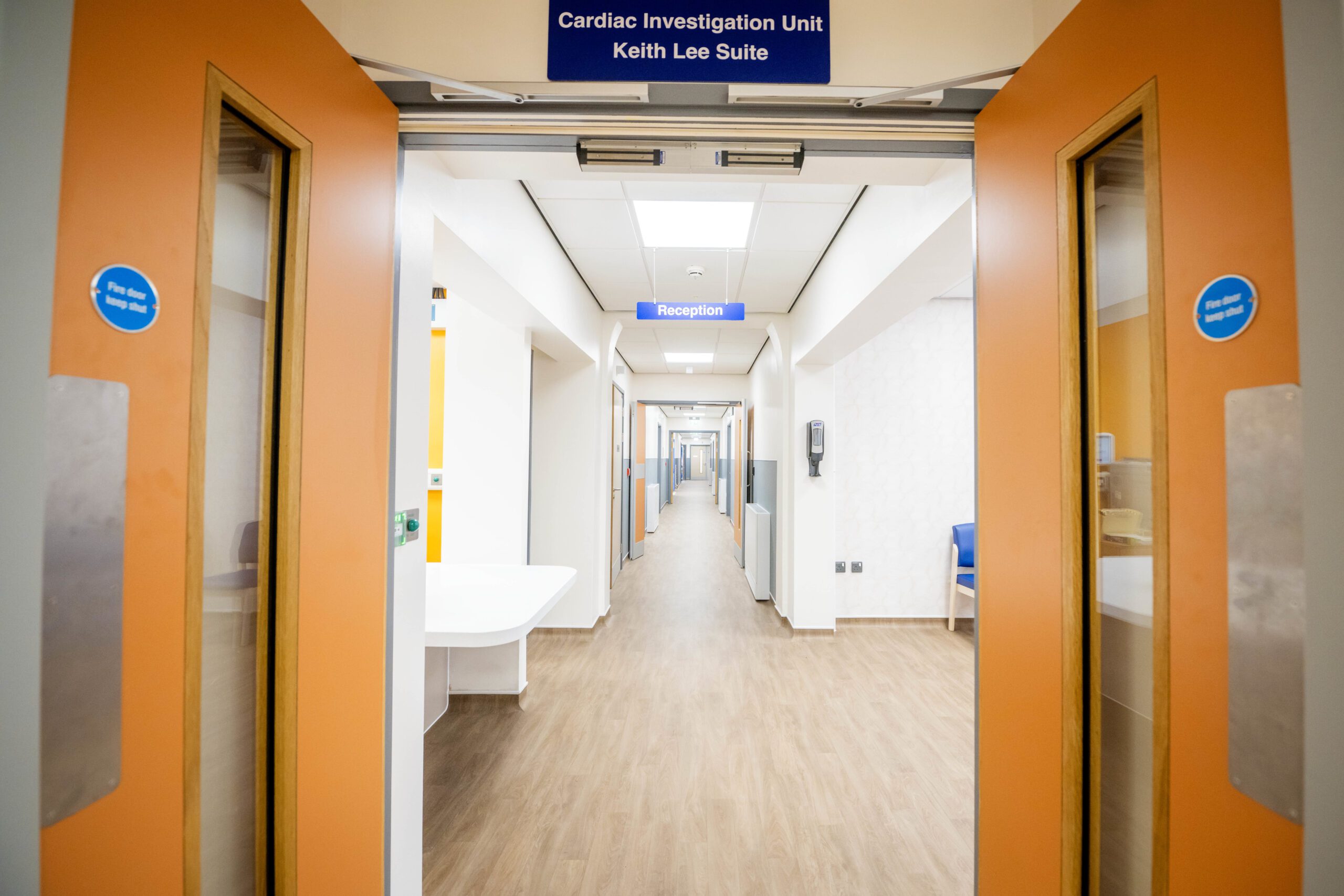Category: Education
Our Journey with Greenstone Primary School and the RIBA Climate Challenge
In today’s construction industry, sustainability is not just an aspiration – it’s a responsibility. As we move beyond the traditional focus on operational carbon, at Stepnell, while we are implementing ways of identifying and eliminating emissions at every stage of a building’s life cycle, we are focussing on reducing emissions generated during construction. Staying ahead means continually evolving our practices to align to and exceed industry benchmarks, such as the RIBA Climate Challenge 2030.
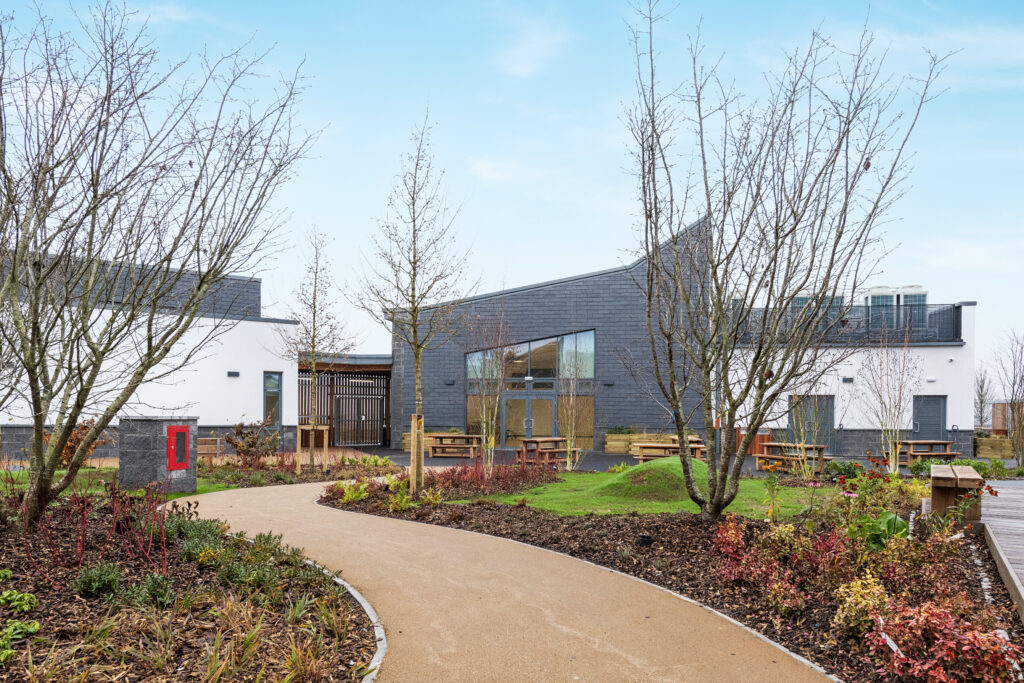
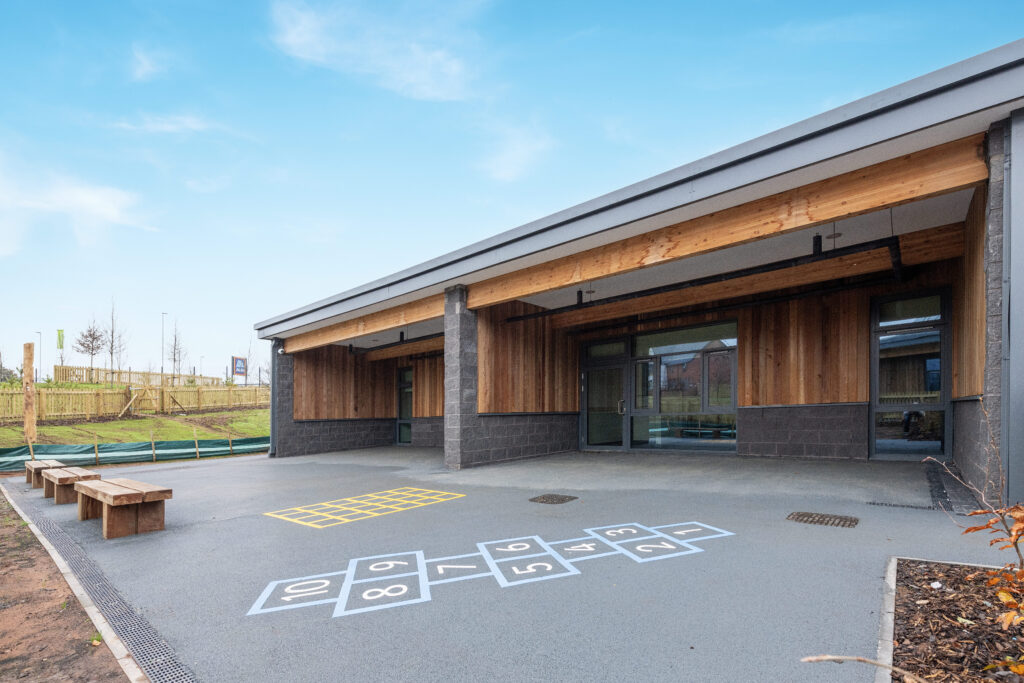
A prime example of this commitment is our recent Greenstone Primary School project. Working in collaboration with the University of Lincoln and CarbonLEAF, we undertook a comprehensive embodied carbon assessment using OneClick LCA software. This assessment provided an in-depth analysis of emissions associated with construction materials and processes, enabling us to drive meaningful reductions in carbon impact.
“This project is a great example of a dedicated team approach to carbon awareness in procurement and delivery leading to measurable savings after tender stage.”
Dr. Rosi Fieldson | Senior Lecturer
Lincoln School of Design and Architecture
Chair, Lincolnshire Society of Architects
Innovative Design for a Lower Carbon Footprint
Designed by Lungfish Architects and built for Harworth Group, Greenstone Primary School sets a new standard in sustainable construction – and is proudly designed as a Forest School, with its natural setting, materials and layout supporting outdoor learning and environmental awareness:
- Timber SIPS (Structural Insulated Panels) for structures, maximising efficiency and sustainability.
- A low-impact material palette, combining timber, render, metal flashings, and brick plinths to balance durability, aesthetics, and environmental responsibility.
- Landscape integration that enhances the natural setting and promotes biodiversity, reinforcing the school’s forest-based ethos.

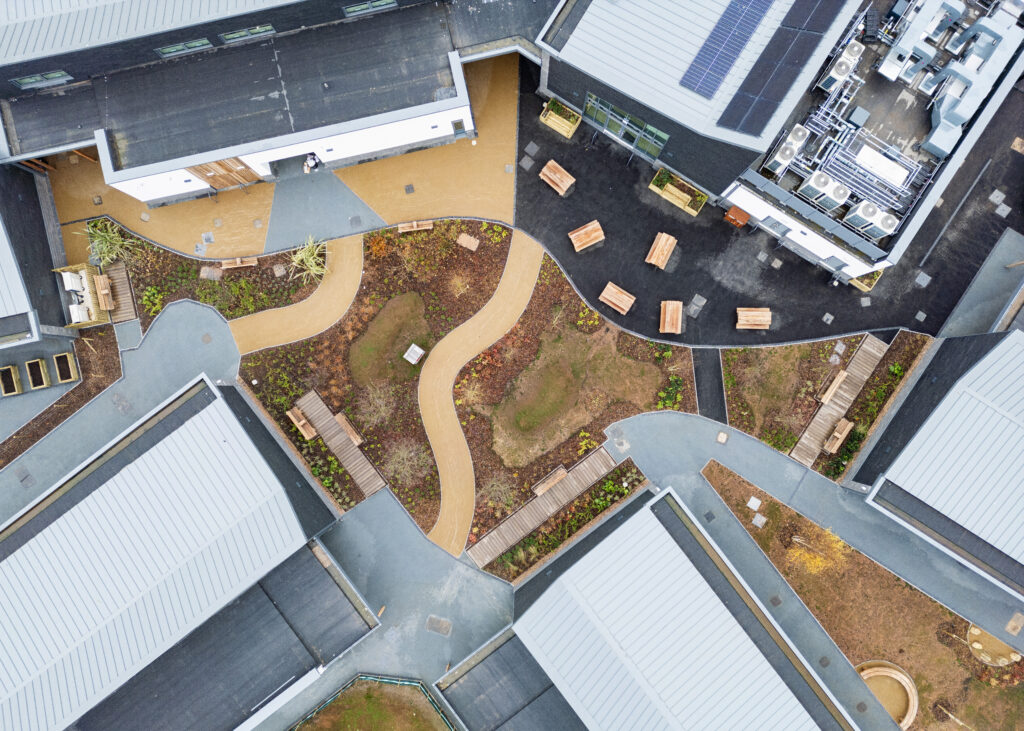
Carbon Reduction Achievements
Our assessment compared tender stage estimates with as-built data, revealing key achievements:
- A 13% reduction of upfront embodied carbon from 564.95 kgCO₂e/m² to 489.58 kgCO₂e/m².
- Material efficiencies such as optimising concrete use led to a 100 tCO₂e saving.
- The high timber content in the structure resulted in 134.2 tCO₂e sequestration, reducing net whole-life carbon emissions.
- Energy-efficient site operations led to 33% lower emissions than the original RICS estimates.
Carbon Hero Rating & Industry Benchmarking
As part of the OneClick Carbon Heroes rating, Greenstone Primary School saw a notable improvement from a C to a B rating, outperforming industry benchmarks for UK schools. These insights are helping shape our future sustainability strategies and how we approach new projects.

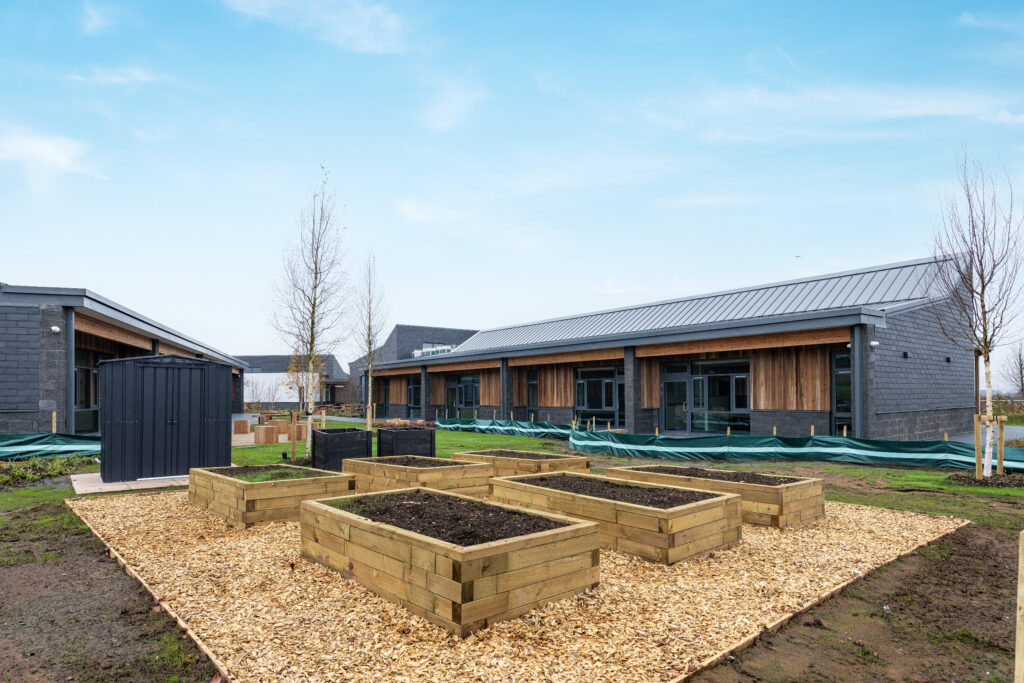
A Case Study for Future Success
Whilst no contractual emissions targets were set, Harworth required actual emissions reporting as part of the construction process. Harworth’s innovative monthly reporting requirements align with the RICS WLC guidance and the associated real-time embodied carbon assessments proved invaluable in understanding and reducing emissions at all stages of the construction process. These lessons are also being utilised in a second school for Harworth at Thoresby Vale.
Stepnell has a structured programme in place to apply this approach across a diverse range of projects, using different construction methods and materials to drive targeted carbon reduction initiatives. These insights not only enhance our technical expertise but also strengthen our engagement with clients at the earliest design stages, ensuring sustainability is embedded from the outset.
By proactively supporting clients with data-driven solutions, we help them navigate evolving sustainability expectations while delivering practical, cost-effective outcomes that balance environmental responsibility with project goals.
🔗 Learn more about the RIBA Climate Challenge: HERE



